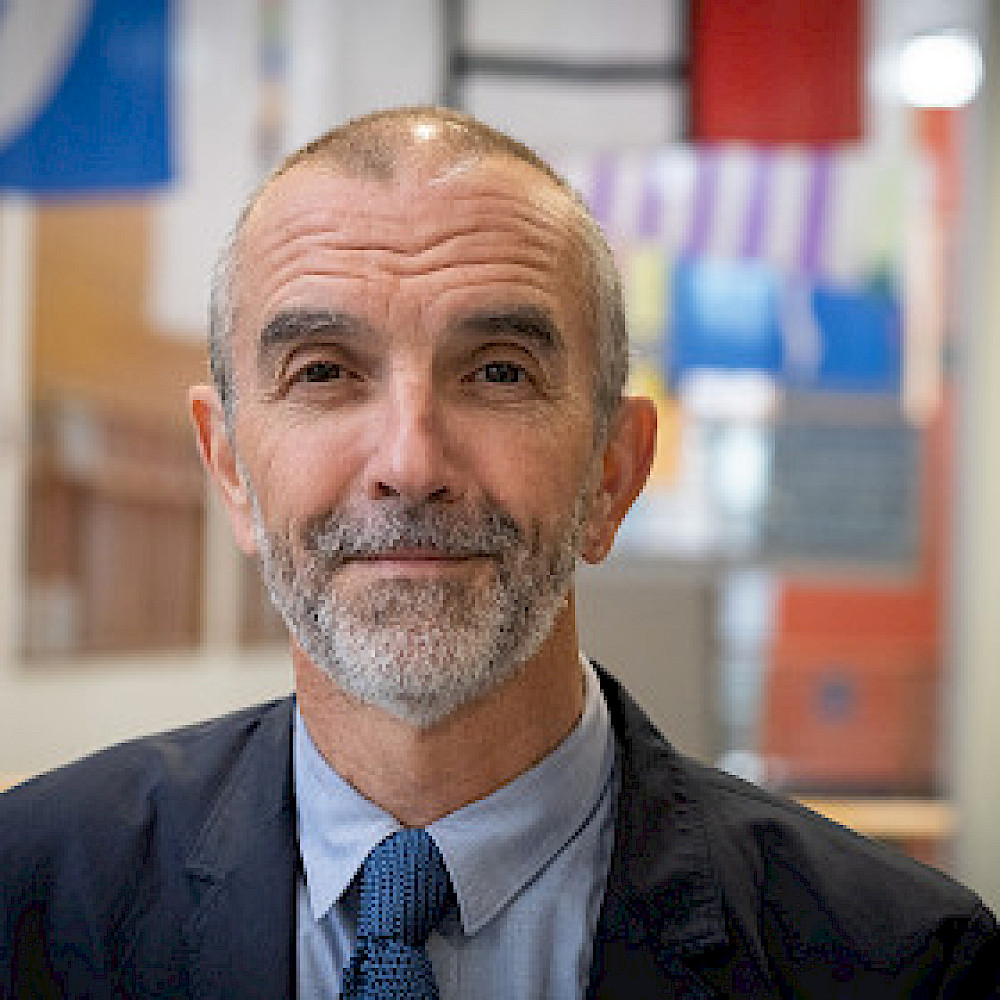As this year’s Digital News Report is launched, RTÉ is four days from the first anniversary of the revelations regarding undisclosed payments to Ryan Tubridy. Reports from two expert committees and forensic accountants Mazars in early March 2024 affirmed the need for change in RTÉ governance, change which incoming Director-General Kevin Bakhurst had already initiated in summer 2023. However, the focus on the governance issues drew attention away from the more intractable issue of RTÉ’s finances. Between June 2023 and February 2024, nearly 140,000 fewer households paid the broadcast licence fee than in the same period a year earlier, equivalent to a €22m loss of revenue. This compounds RTÉ’s 15 year-long struggle with a collapse in advertising and sponsorship income. Having peaked at €245m in 2007, commercial revenues fell to €152m in 2022. (In inflation-adjusted terms the decline is even more precipitous: that €245m is equivalent to €287m in 2022.)
Concern about commercial revenue is nothing new at RTÉ which raised most of its income from commercial sources from 1965 until 2008. At its 2000 peak, fully 67.5% of RTÉ income was commercial. Even in 2022, it still sources 44% of its income from advertising and sponsorship (in contrast to the European Broadcasting Union average for PSMs of 18%). RTÉ has long chafed at this state of affairs: the 1967 Annual Report described the station’s dependence on advertising sales as “an undesirable position for the national broadcasting service”. Four years later it argued that “public service broadcasting cannot be financed primarily by commercial advertising” given the “vulnerability of its income to economic factors outside its control”.
RTÉ’s appeals to reduce this commercial reliance by increasing public funding have consistently fallen on deaf ears. In 1996, when the public element of RTÉ’s funding had fallen to 35%, the licence fee of £IR70 hadn’t been increased for a decade. The 2003 Broadcasting Amendment Act notionally indexed-linked the licence fee to the Consumer Price Index. However, increases were subject to Ministerial approval and that approval has not been forthcoming since 2008. An index- linked licence fee should have reached €197.40 by 2023. Instead, it remains at €160.
The failure of successive Irish governments to introduce a funding model appropriate to 21st media consumption patterns has been well rehearsed. Of the 50 recommendations made by the Future of Media Commission report in 2021, the only one not accepted by the government related to the primary question the Commission addressed: how to place RTÉ’s funding on a sustainable basis.
How public service media are funded is not trivial. Advertisers seek very particular audiences – typically young and better-off. Advertising-reliant broadcasters logically focus on content that provides for those audiences to the detriment of material aimed at other categories of citizens. Commercial stations (including RTÉ) make much of their success within these demographics. As early as 1964 when the sale of advertising still accounted for a minority (48%) of its income, Radio Eireann declared as its aim the delivery of “a service to advertisers that will ensure their support”. Decades of enforced reliance on commercial revenues cemented a commercial outlook into RTÉ’s DNA. This has long been evident in its scheduling and, more recently in the revelation that close relationships between commercial sponsors and higher profile RTÉ staff have been treated as the norm.
Given this, the November 2023 decision of the government to grant €56m to plug RTÉ’s 2023 and 2024 funding gaps might be regarded as positive steps. But the manner in which this direct Exchequer funding was conjured creates the potential for political leverage. Irish political culture (especially since the removal of Section 31 of the 1960 Broadcasting Act in 1994) militates against using such leverage to win favourable editorial treatment. But it is manifestly having
an impact in other areas. Accessing the first tranche of the €56m was conditional on RTÉ’s committing to substantial structural “reforms” - a polite term for reducing its workforce by more than 20% (400 people) by 2028.
Such precarious finances are highly problematic because Public Service Media in Ireland are overtly identified - in law - as bulwarks against the commercialisation of the public sphere. Ireland is a highly – and ever more – concentrated media market. In laying out the basis on which media concentration is regulated, the 2014 Competition and Consumer Protection Act overtly points to the “adequacy” of the role played by RTÉ and TG4 in protecting “the public interest in plurality of the media in the State”. This means ensuring that Public Service Media are resourced on a transparent, objective basis with funds adequate to fulfil a clearly defined public service mission. A reliance on a shrinking advertising market and sporadic – and unreliable - bursts of State largesse falls far short of that requirement.
This raises a final point: what is that public service mission? The “New Direction” strategy document hastily produced by RTÉ in November merely rehearses the brief definition offered by the Future of Media Commission report. That definition relied on Reithian language from the 1920s (“to inform, to educate and to entertain”) but it’s questionable whether this is appropriate for an era characterised by near-universal access to media production technology, information/ dis-information abundance, social fragmentation and the collapse of shared cultural signifiers. We need to scrutinize that changed context to move from an emphasis on what we’re willing to pay for, to what Irish society actually needs from public service media. This may mean going beyond a focus on institutions to think about ways that a public service media sensibility might be embedded into the very fabric of Irish society. The spaces of the public sphere may include the still largely unidirectional content provision of print, radio, television and the internet but it also extends far beyond them. Grappling with the question of how to bring a public service sensibility to WhatsApp groups, Twitter/X storms and TikTok virals may be profoundly complex but a public service strategy which does not include these spaces seems like an exercise in futility.
Publications
Type: Reports
Published in:
Authors:
Year: 2024
URL: Resource
Related Projects

The Reuters Institute Digital News Report is the world’s largest international comparative survey of the major trends in digital news consumption. It is widely used by industry, analysts, and researchers across the world. Since 2015, Coimisiún na Meán (formerly Broadcasting Authority of Ireland) has funded FuJo to undertake the analysis for the Irish report. Annual reports are available for: 2023, 2022, 2021, 2020, 2019, 20128, 2017, 2016, and 2015....



